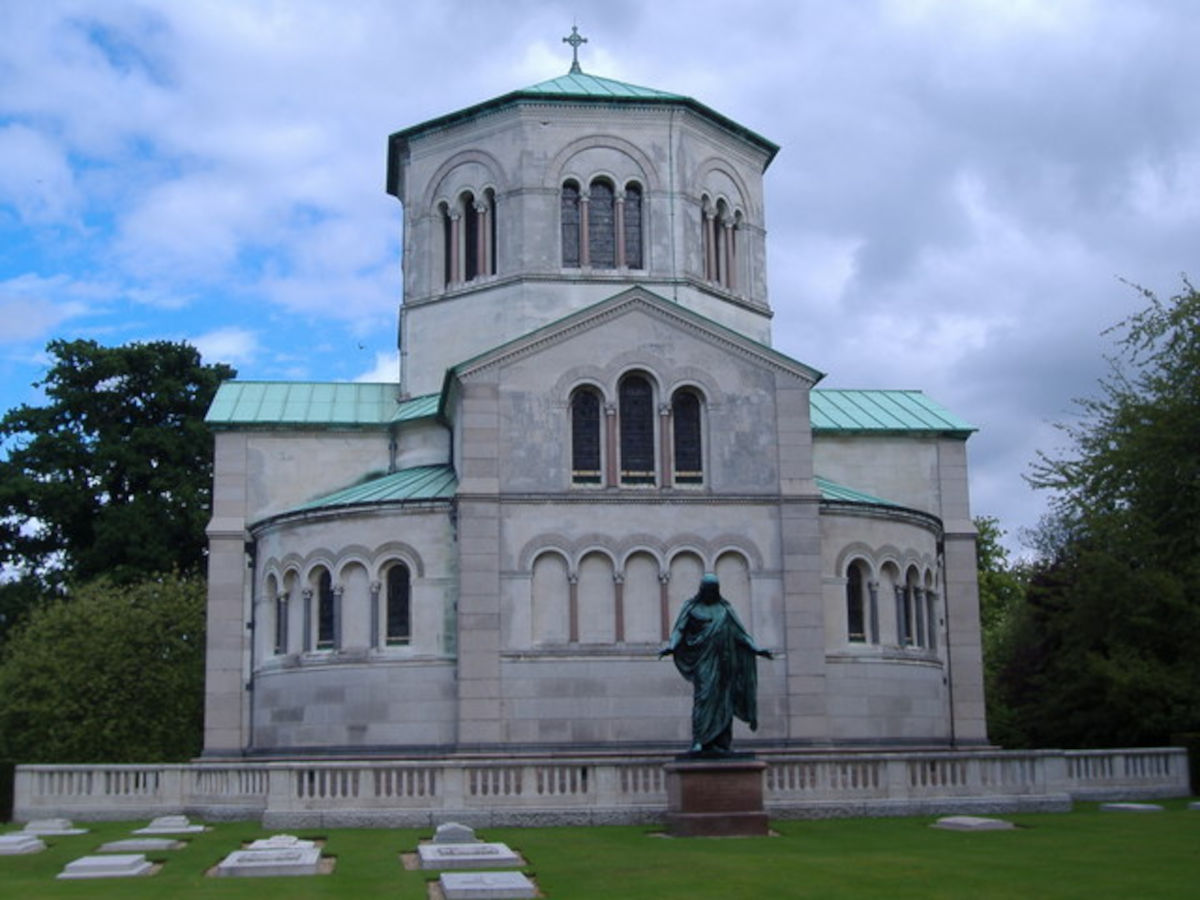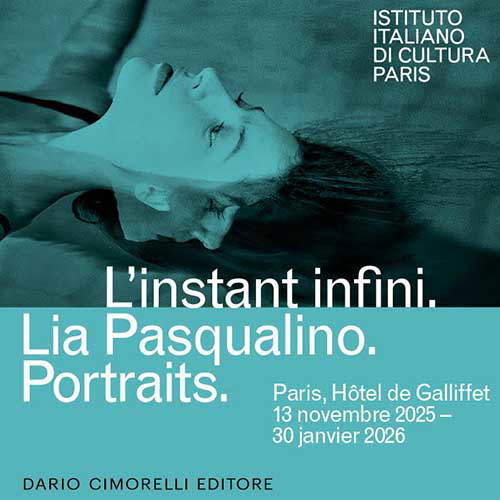
Where are the monarchs of England buried? The 5 burial places of the British monarchy
A journey to the burial places of English monarchs, including abbeys, chapels and mausoleums, witnesses of different eras and dynasties.
By Redazione | 01/07/2025 18:50
The burial sites of England's royals represent a historical and cultural heritage that reflects the evolution of the British monarchy over the centuries, and the sites are demonstrations of eras and dynasties that have shaped the history of the United Kingdom. Between abbeys, chapels, and mausoleums, the burial sites preserve the memory of monarchs, their consorts, and important members of the royal family.
Despite changing funeral traditions, the choice of burial sites has often had a strong symbolic value, linked to elements of dynastic continuity, religiosity and power. Today, the sites attract the interest of historians, scholars, and visitors interested in understanding the historical roots of the English monarchy, presenting a glimpse of the past through the analysis of funerary monuments, architecture, and inscriptions. If you are not familiar with them, here then are the five burial places of England's royals.
1. Canterbury Cathedral
Canterbury Cathedral, located in the Kent town of the same name, is one of the most important burial places for the British monarchy. Founded in 597 by St. Augustine, the cathedral is the seat of the Archbishop of Canterbury, primate of the Church of England. In 1170, Archbishop Thomas Becket was assassinated inside the cathedral, an event that increased its reputation as a place of pilgrimage. The present structure is largely the result of later reconstructions, including one that took place after the fire of 1174, under the direction of French architect William of Sens. The cathedral is known for its Gothic architecture, particularly the Chapel of the Holy Trinity, which houses the remains of Thomas Becket, and the medieval stained glass windows that tell of his life and martyrdom. In addition, the cathedral holds numerous tombs of monarchs and notable figures, including that of Edward the Black Prince, son of Edward III, and that of Henry IV. Canterbury Cathedral is also an important center of cultural and spiritual activity, with regular events, exhibitions and services attracting visitors and worshippers from all over the world.
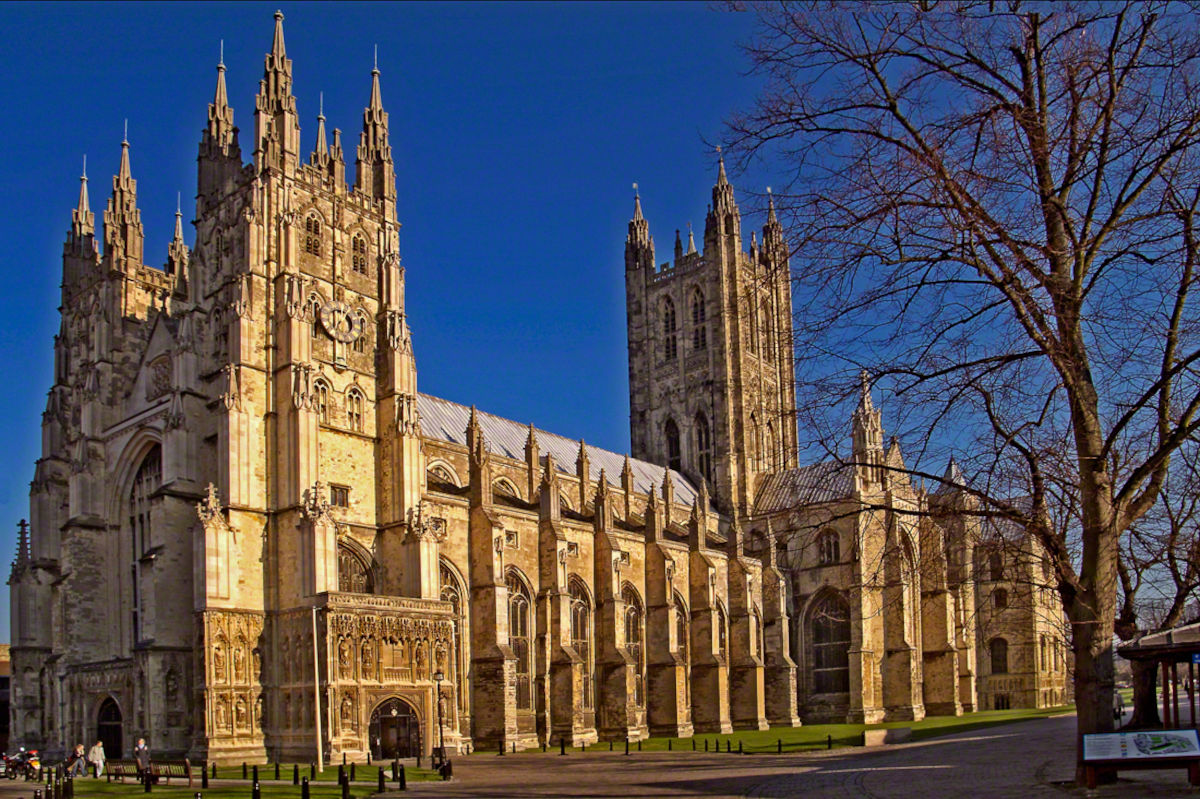
2. St. Paul's Abbey, London
St. Paul'sAbbey is one of the best-known buildings in London. Its history begins in 604 AD, when the first cathedral was founded on Ludgate Hill. The present structure, designed by Sir Christopher Wren, was built between 1675 and 1710, replacing the old cathedral destroyed in the Great Fire of London in 1666. The cathedral's architecture is an example of the English Baroque style, with neoclassical and Gothic influences. Its distinctive dome, 365 feet (111 meters) high, is one of the largest in the world and dominates the London skyline.
Inside the Abbey are numerous more than 200 memorials, including that of Christopher Wren, the Duke of Wellington, Lord Nelson, the admiral who defeated the French fleet at the Battle of Trafalgar, as well as painters Lawrence Alma-Tadema and William Turner. The cathedral has also hosted major events, such as the wedding of Prince Charles and Lady Diana Spencer in 1981. In addition to its religious function, St. Paul's Cathedral is an important cultural and historical center, with an extensive collection of archives, books and objects that tell its long history.
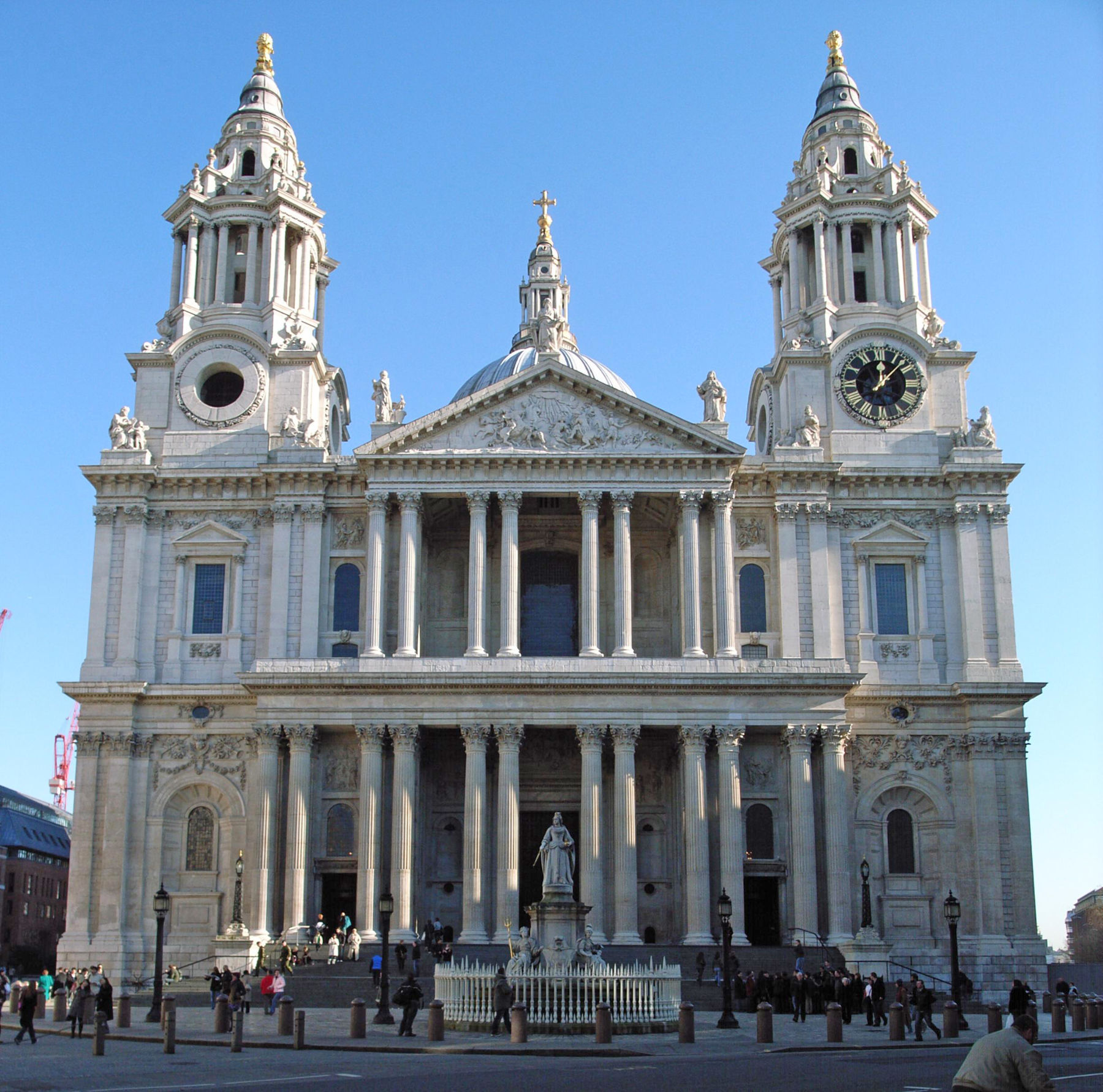
3. Westminster Abbey, London.
Westminster Abbey, officially known as St. Peter's Collegiate Church in Westminster, is one of the most important sites for the burials of English and British monarchs. Founded in the 10th century, the abbey has undergone several remodels over the centuries. In the 13th century, King Henry III ordered reconstruction in the Gothic style, consecrating the new church in 1269. In fact, it was not completed before his death, leaving the old structure still visible alongside the newer Gothic one.
Every monarch since 1066, with the exception of Edward V and Edward VIII, has been crowned in the abbey, which also houses the historic Coronation Chair. Inside are the tombs of numerous monarchs, including Henry III, Edward I, Edward III, Richard II and Henry V. In total, the abbey has about 3,300 burials and more than 600 monuments, including the Monument to the Unknown Warrior, located near the west gate, which has become a place of pilgrimage. A notable addition is the Henry VII Chapel, built in the 16th century, famous for its fan-vaulted ceiling and the king's tomb, created by Italian sculptor Pietro Torrigiani.

4. St. George's Chapel, Windsor Castle
St. George' s Chapel, located inside Windsor Castle, is one of the finest examples of Gothic architecture in England. Construction of the present chapel began in 1475 in the reign of Edward IV and was completed during the reign of Henry VIII. A distinctive feature of the chapel is the stone ceiling, added by Henry VII, which deserves special attention during the visit.
The chapel is the spiritual home of the Order of the Garter, Britain's oldest order of knighthood, founded in 1348 by Edward III. It houses the tombs of ten sovereigns, including Henry VIII, Charles I, Edward VII, George V and Queen Mother Elizabeth. In 2022, Queen Elizabeth II was buried in the chapel along with her husband, Prince Philip, Duke of Edinburgh, after a state funeral at Westminster Abbey.
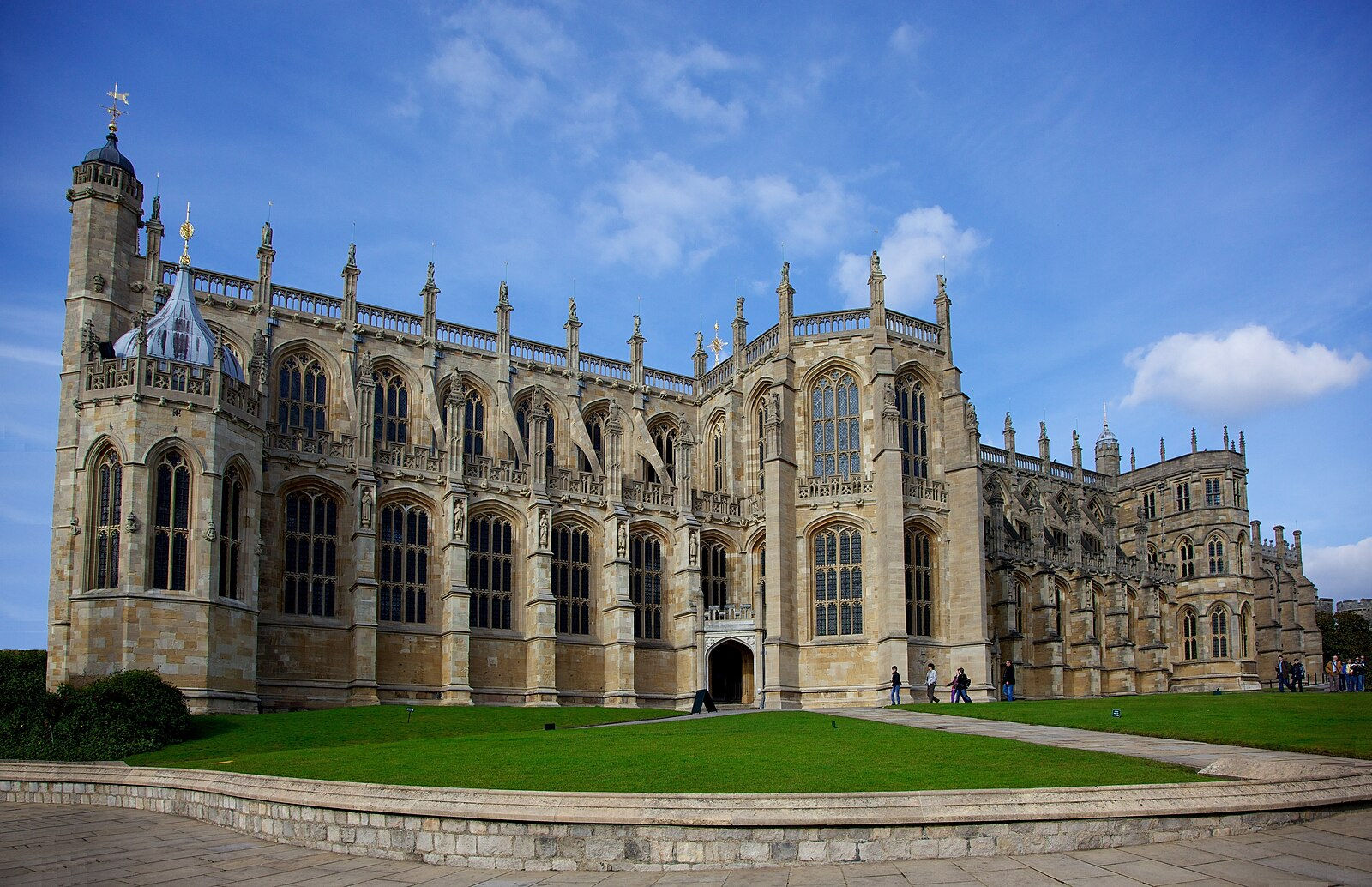
5. Royal Burial Ground, Frogmore
The Royal Burial Ground at Frogmore, located in Home Park in Windsor, is a cemetery used by the royal family, consecrated in 1928 by the Bishop of Oxford. The cemetery was established to address the saturation of the Royal Vault under St George's Chapel at Windsor Castle, which had housed 23 burials since 1810. In fact, King George V authorized the creation of the new burial ground with the intent that in the future only British sovereigns and members of the direct line of succession would be buried in the Royal Vault.
The Royal Burial Ground is located next to the Royal Mausoleum, built in 1862 to house Prince Albert's grave. Over the years, many members of the royal family, generally excluding monarchs and their consorts, have been buried in the cemetery. Among those buried are Princess Helena, Prince Arthur and Princess Louise, children of Queen Victoria. King Edward VIII, who abdicated in 1936, is also buried here along with his consort, Wallis. The Royal Burial Ground is surrounded by a brick wall and features a statue of Christ, a copy of Bertel Thorvaldsen's neoclassical sculpture, commissioned by Queen Alexandra of Denmark in memory of her mother, Queen Mary of Denmark.
